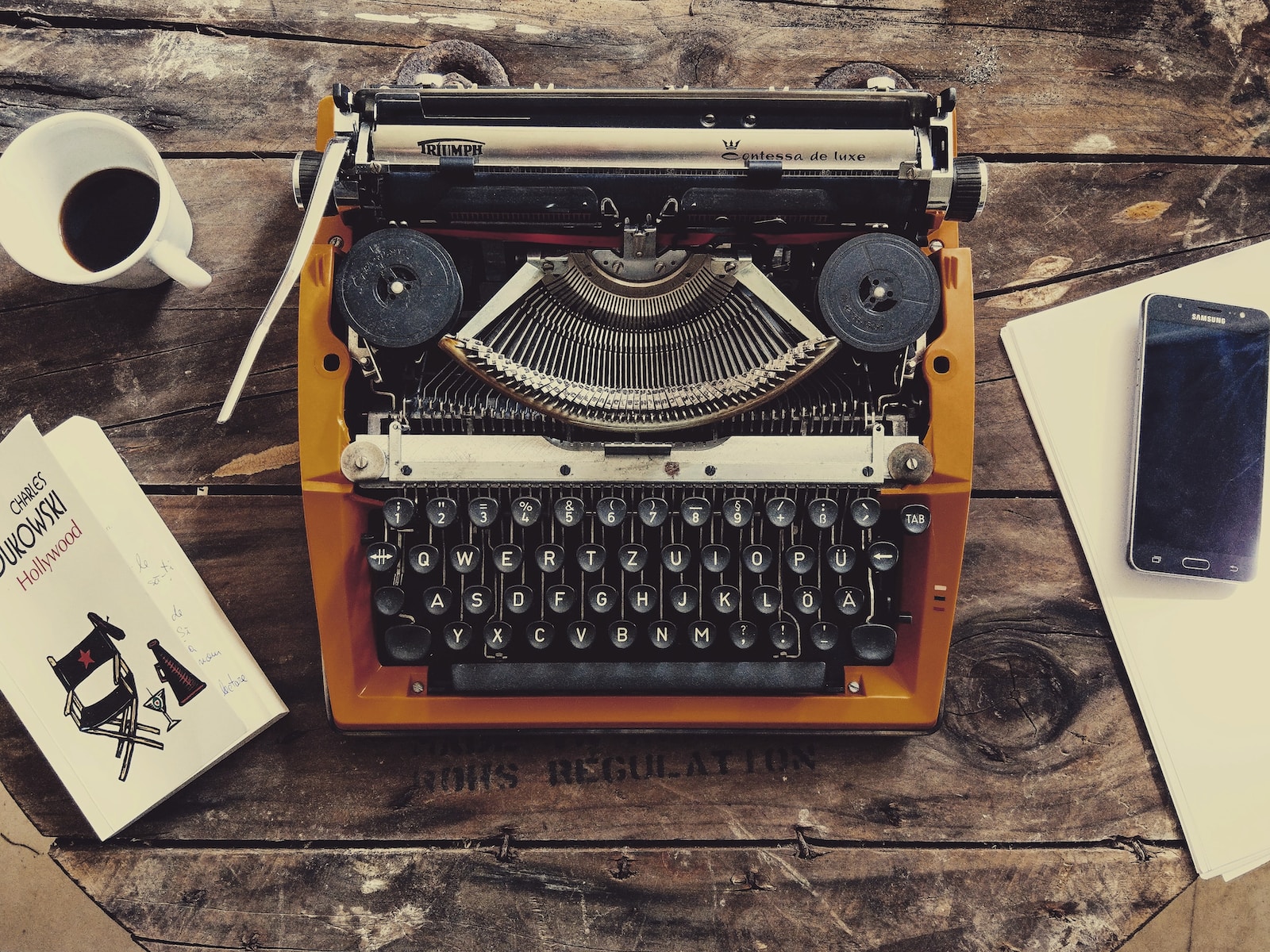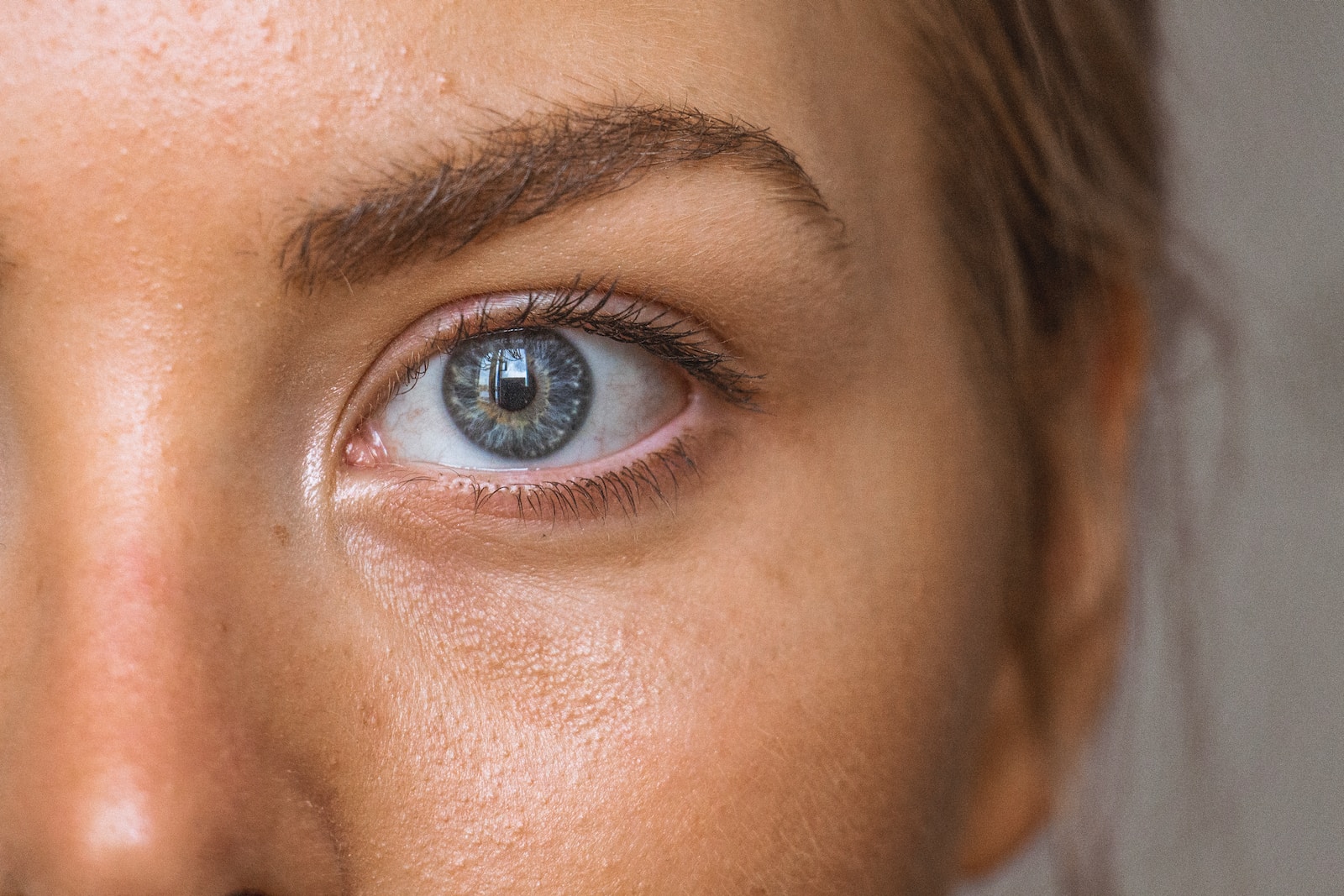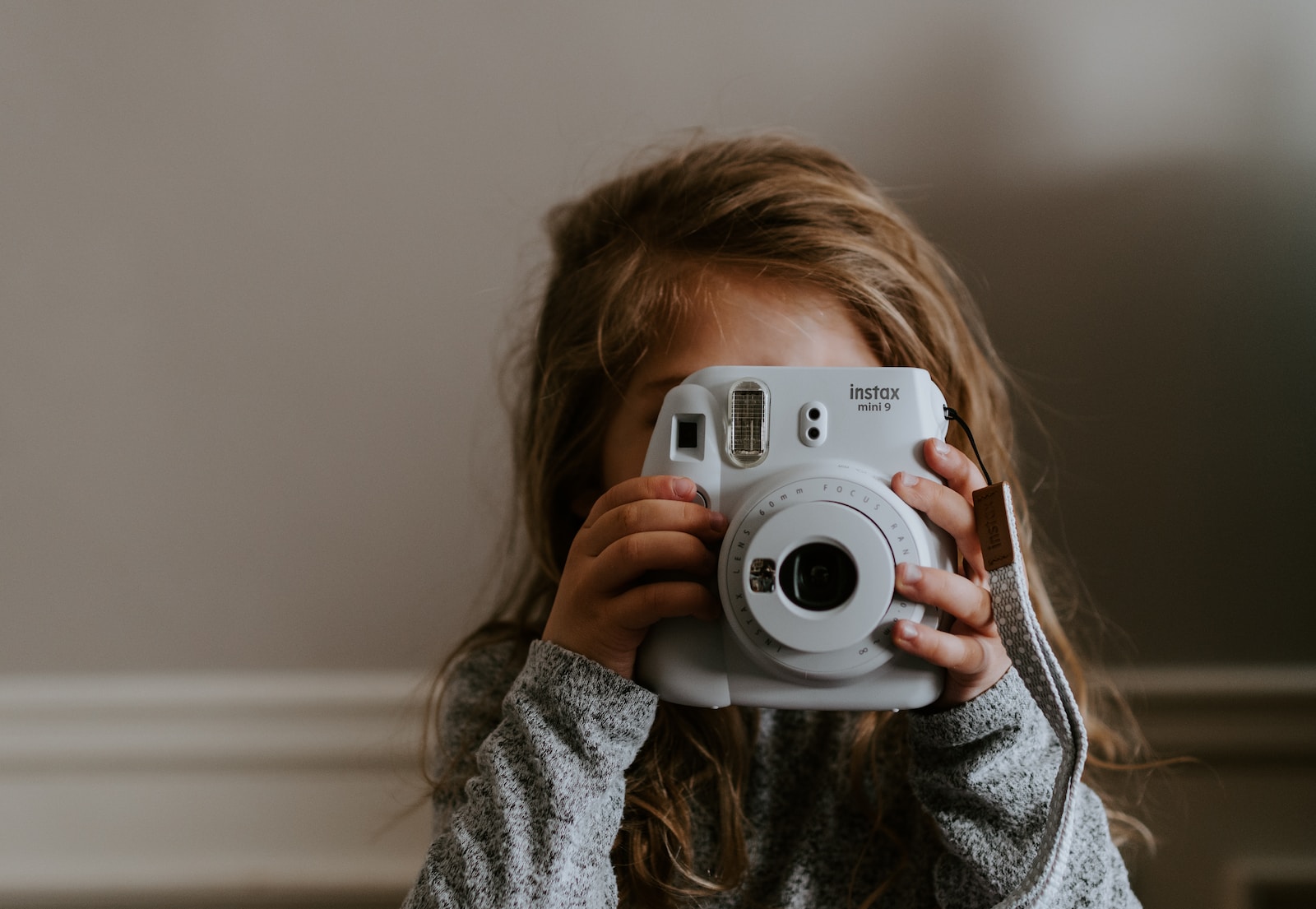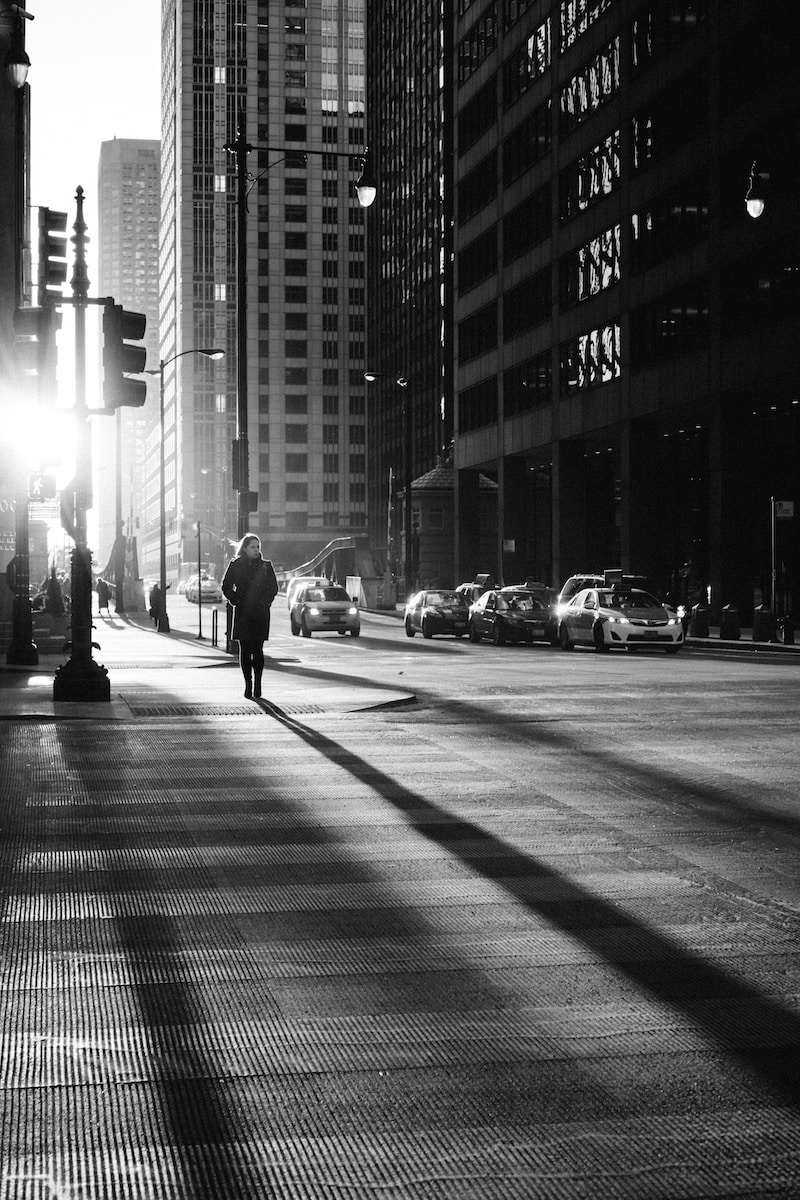Welcome to “The Art of Typewriter Photography”, a comprehensive guide to capturing stunning images of typewriters that tell a compelling story. Whether you’re a professional photographer or an enthusiast, this blog will provide you with valuable insights on settings, composition, and post-processing techniques to elevate your typewriter photography to the next level. Join us as we explore the nostalgic world of vintage typewriters and discover how to create captivating and memorable images that evoke a sense of history and craftsmanship.
Table of Contents
- The Art of Typewriter Photography
- The Art of Typewriter Photography: Equipment for Capturing Compelling Images
- The Art of Typewriter Photography: Capturing Compelling Images
- Frequently Asked Questions
- 1. How can I capture compelling images of typewriters?
- 2. What camera settings should I use for typewriter photography?
- 3. How can I enhance typewriter photos in post-processing?
- 4. Are there any recommended accessories for typewriter photography?
- 5. Where can I find typewriters for photography?
- 6. How can I make my typewriter photos unique?
- Wrap Up
The Art of Typewriter Photography
Typewriters have a certain charm and nostalgia that make them perfect subjects for photographers. Their vintage appeal and intricate details create captivating images that tell a story. In this guide, we will explore the art of typewriter photography and provide you with tips and techniques to capture compelling shots that stand out.
1. Exploring the Unique Features
Typewriters are known for their intricate mechanisms and distinctive design elements. To capture the essence of typewriters in your photographs, focus on highlighting these unique features:
- The Typewriter Keys: Pay attention to the individual keys and their worn-out edges. Zoom in to capture the textures and details, showcasing the history and character of the typewriter.
- The Typewriter Body: Experiment with different angles to capture the typewriter’s overall design. Showcase its curves, lines, and any rust or patina that has developed over time. Don’t be afraid to get close and capture the fine details.
- The Paper Roller: The paper roller is another defining feature of a typewriter. Consider capturing photographs that show the roller in action, with a fresh sheet of paper rolled in or an old, yellowed page ready to be typed on.
- The Mechanical Parts: Go beyond the surface and explore the inner workings of the typewriter. Focus on the gears, levers, and springs that make up the mechanical marvel. These parts add an element of fascination and complexity to your images.
- The Typeface: Typewriters often have a unique typeface that adds character to any photograph. Experiment with different angles and lighting to emphasize the way the typeface casts shadows or reflects light.
2. Techniques for Capturing Stunning Typewriter Photographs
Once you have explored the unique features of typewriters, it’s time to employ various techniques to capture compelling images. Here are some tips to help you capture stunning typewriter photographs:
- Composition: Experiment with different angles, perspectives, and compositions. Consider capturing the typewriter from above, at eye level, or even from below to create visually interesting images.
- Lighting: Soft, diffused lighting often works best for typewriter photography. It helps to eliminate harsh shadows and brings out the small details. Natural light or a diffuser can help achieve this effect.
- Depth of Field: Use a wide aperture (low f-stop number) to create a shallow depth of field. This technique can help emphasize specific areas of the typewriter, such as the keys or typeface, while blurring out the rest of the image for a dreamy effect.
- Props and Backgrounds: Consider incorporating props, such as vintage books or faded manuscripts, to enhance the overall aesthetics of your typewriter images. Choose backgrounds with complementary colors and textures that add depth and visual interest to the composition.
- Post-Processing: Enhance your typewriter photographs using post-processing software. Adjust the exposure, contrast, and sharpness to bring out the details and make the image pop. Experiment with black and white conversions or vintage filters to enhance the vintage feel.
By exploring the unique features of typewriters and implementing various photographic techniques, you can capture stunning typewriter images that tell a compelling story. Remember to practice, experiment, and let your creativity guide you in creating visually captivating typewriter photographs.
Do you need high-quality typewriter photography for your product or publication? Contact us to inquire about our typewriter photography services.
Did you know that the typewriter was invented more than 150 years ago by Christopher Latham Sholes? It revolutionized the way people communicate and paved the way for modern-day word processing and keyboard layouts.
The Art of Typewriter Photography: Equipment for Capturing Compelling Images
Typewriter photography offers a unique opportunity to capture the timeless essence of vintage machinery while telling a captivating story through images. To effectively capture these compelling shots, it is essential to have the right equipment at hand. In this section, we will explore the best cameras, lenses, and other tools that photographers can utilize to master the art of typewriter photography.
Camera Options for Typewriter Photography
When selecting a camera for typewriter photography, there are a few key factors to consider. Firstly, it’s important to choose a camera that offers manual controls, allowing you to have full control over settings such as aperture, shutter speed, and ISO. This control will enable you to create the desired mood and accurately capture the intricate details of the typewriter.
For professional typewriter photographers or enthusiasts who desire the highest level of image quality, a full-frame DSLR camera is an excellent option. These cameras offer superior low-light performance and dynamic range, allowing for stunning images with fine details.
Alternatively, mirrorless cameras provide a compact and lightweight option without compromising on image quality. These cameras often feature advanced autofocus systems, making it easier to capture sharp and well-defined typewriter shots.
Essential Lenses for Typewriter Photography
Choosing the right lens is crucial in typewriter photography to capture the subtle details and intricate textures of the machine. While the choice may vary depending on personal preference and shooting style, there are a few general recommendations.
For capturing close-up shots of typewriter details, a macro lens is ideal. Macro lenses allow for extreme close-up focus, enabling you to highlight the unique characteristics of the typewriter’s keys, typefaces, and mechanical parts.
If you prefer capturing wider shots or incorporating the typewriter within its surroundings, a standard prime lens with a focal length between 35mm and 50mm can be a versatile choice. These lenses offer a natural perspective while ensuring minimal distortion.
For photographers interested in experimenting with perspectives, a wide-angle lens such as a 24mm or 28mm can create visually interesting shots. These lenses can add depth and context to your typewriter images by including additional elements in the frame.
Other Essential Tools for Typewriter Photography
In addition to a camera and lenses, there are a few other tools that can enhance your typewriter photography experience and results.
A tripod is invaluable for typewriter photography, as it allows for stable compositions and precise framing. It is especially useful in low-light conditions or when using long exposure techniques to capture the typewriter’s vintage ambiance.
A remote shutter release or self-timer function on your camera can further eliminate any camera shake while capturing images, ensuring maximum sharpness and detail.
Lastly, consider using a reflector or diffuser to manipulate lighting conditions. Reflectors can help bounce and direct light onto the typewriter, enhancing details and textures, while diffusers can soften harsh light and create a more delicate atmosphere.
Remember, the equipment you choose ultimately depends on your individual style and preferences. Experimenting with different cameras, lenses, and tools will help you discover the best combination to capture compelling typewriter photographs that truly tell a story.
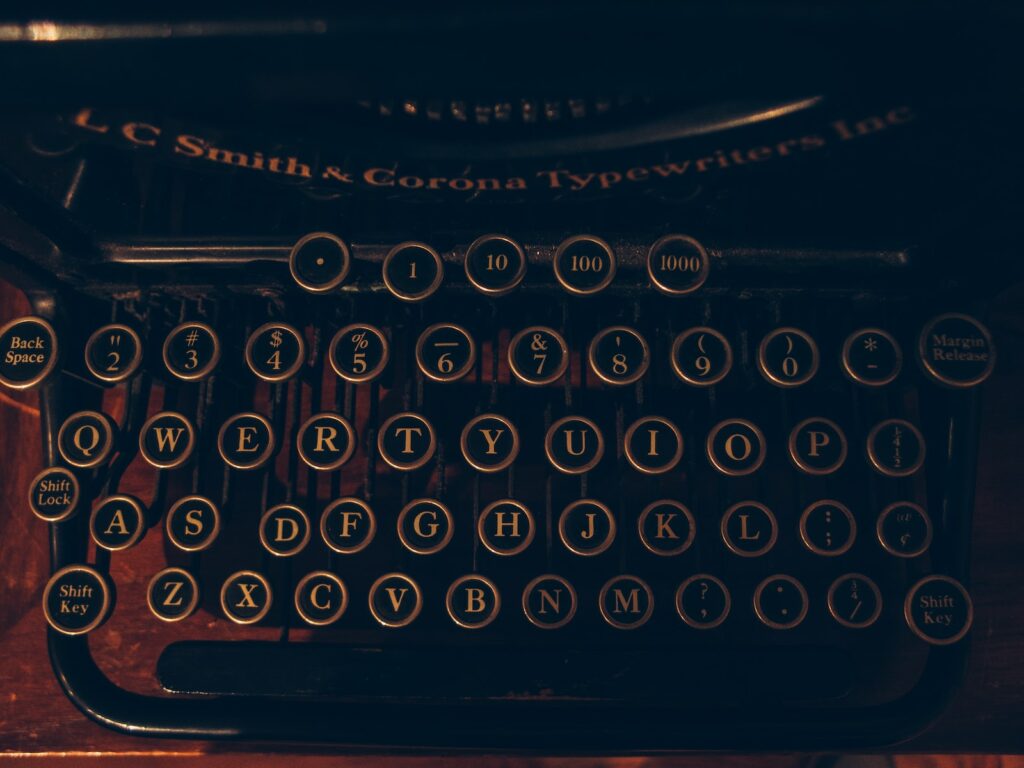
The Art of Typewriter Photography: Capturing Compelling Images
Typewriters are not only functional tools but also timeless pieces of history that can evoke a sense of nostalgia and intrigue. As a photographer, capturing the essence and beauty of typewriters through photography can create compelling images that tell a story. In this guide, we will explore the best techniques and strategies to help you master the art of typewriter photography.
The Best Time of Year to Capture Typewriter Photography
Choosing the right time of year can significantly impact the outcome of your typewriter photography. While typewriters can be photographed throughout the year, certain seasons offer unique opportunities.
During the spring and summer months, natural light is abundant, providing soft and vibrant illumination. This lighting can enhance the intricate details of a typewriter’s mechanics and create a refreshing atmosphere. Additionally, incorporating outdoor elements such as flowers or greenery can further enhance the vintage feel.
Contrarily, winter can bring a nostalgic and dramatic ambiance to your typewriter photography. Capturing typewriters in cozy indoor settings, with dim lighting and warm colors, can evoke a sense of nostalgia and charm.
Choosing Vantage Points and Positions
When positioning your typewriter for a photograph, it’s essential to consider the composition and angles that will best showcase its unique features. Here are a few options to help you get the best shots:
- Overhead View: Capture the typewriter from an overhead position to showcase its layout and intricate keys. This perspective allows viewers to appreciate the mechanics and design of the machine.
- Close-Up of Details: Zoom in on specific details, such as the keys, carriage, or paper roller, to capture the typewriter’s character and craftsmanship. This approach allows for a more intimate and detailed portrayal of the typewriter.
- Incorporating Props: Consider adding vintage accessories or items related to writing, such as a pen, notebook, or typewritten pages, to enhance the storytelling aspect of your photographs. These props can elevate the overall composition and evoke a sense of nostalgia.
- Environmental Context: Place the typewriter in its natural environment, such as a vintage study or library, to create a visually engaging and authentic narrative. The surrounding elements can add depth and context to the image, making it more captivating.
Remember, experimentation is key when it comes to typewriter photography. Explore different angles, lighting conditions, and settings to find what works best for each unique typewriter you encounter.
In conclusion, typewriter photography offers a wonderful opportunity to capture captivating images that tell a story. Consider the best time of year to shoot, explore various vantage points and positions, and don’t be afraid to get creative. By honing your skills and utilizing the tips provided in this guide, you can master the art of typewriter photography and create stunning visuals that will transport viewers to a bygone era.
One helpful tip for typewriter photography is to use a wide aperture to create a shallow depth of field. This will allow you to focus on specific parts of the typewriter while creating a beautiful blurry background. Experiment with different apertures to achieve the desired effect and make your typewriter images stand out.
Frequently Asked Questions
1. How can I capture compelling images of typewriters?
To capture compelling images of typewriters, it’s important to focus on the details and tell a story. Experiment with different angles, lighting, and perspectives to add visual interest. Consider the typewriter’s surroundings and select a background that complements the vintage feel. Don’t be afraid to get creative and try different compositions to make your images stand out.
2. What camera settings should I use for typewriter photography?
When photographing typewriters, it’s generally best to use a low ISO to minimize noise and a narrow aperture (high f-stop number) to ensure a larger depth of field. This will help keep both the typewriter and any surrounding details in focus. Adjust the shutter speed as needed to achieve proper exposure. Experiment and adjust settings based on the lighting conditions and desired creative effect.
3. How can I enhance typewriter photos in post-processing?
In post-processing, you can enhance typewriter photos by adjusting the white balance, contrast, and saturation. Consider applying vintage-style filters or adding a subtle vignette to further enhance the nostalgic feel. Cropping and straightening can also help improve the composition. Experiment with different editing techniques to find your unique style and ensure that the final images effectively convey the story you want to tell.
4. Are there any recommended accessories for typewriter photography?
While not necessary, there are some accessories that can enhance your typewriter photography. A macro lens or extension tubes can allow for detailed close-up shots, capturing the intricate mechanics of the typewriter. A tripod can provide stability and aid in achieving sharp focus. Additionally, using props such as vintage paper, pens, or old books can help create a visually engaging scene and add context to your typewriter photos.
5. Where can I find typewriters for photography?
Typewriters can be found in various places such as antique shops, thrift stores, flea markets, or online marketplaces. Look for typewriters in good condition with interesting designs or vintage charm. Consider reaching out to local typewriter enthusiasts or collectors who may be willing to lend or rent typewriters for photography purposes. Additionally, joining online photography communities or forums can provide valuable insights and recommendations on where to find typewriters for your projects.
6. How can I make my typewriter photos unique?
To make your typewriter photos unique, consider experimenting with different props, compositions, and settings. Look for interesting angles or perspectives that highlight specific details or convey a specific mood. Incorporate elements from the typewriter’s era, such as vintage stationery or accompanying objects, to add a touch of nostalgia. Don’t be afraid to think outside the box and let your creativity shine through in each captured image.
Wrap Up
In conclusion, typewriter photography is a unique form of capturing moments that tell a compelling story. By using the right settings, composition techniques, and post-processing, photographers can create stunning images that evoke a sense of nostalgia and vintage charm. Whether you are a seasoned professional or a beginner, this guide aims to provide you with the necessary tips and tricks to excel in typewriter photography. So grab your camera, find a typewriter, and start capturing the magic today!
I encourage you to try out these techniques and share your experience in the comments section below. Do you have any additional tips or tricks that you would like to share? Have you experienced any challenges or successes with typewriter photography? Let’s keep the conversation going and inspire each other to create amazing typewriter images. Happy shooting!
